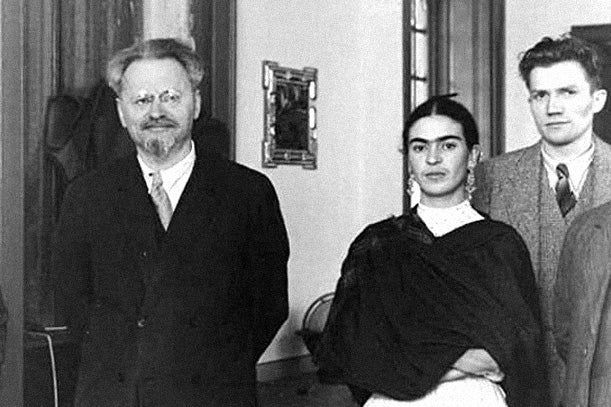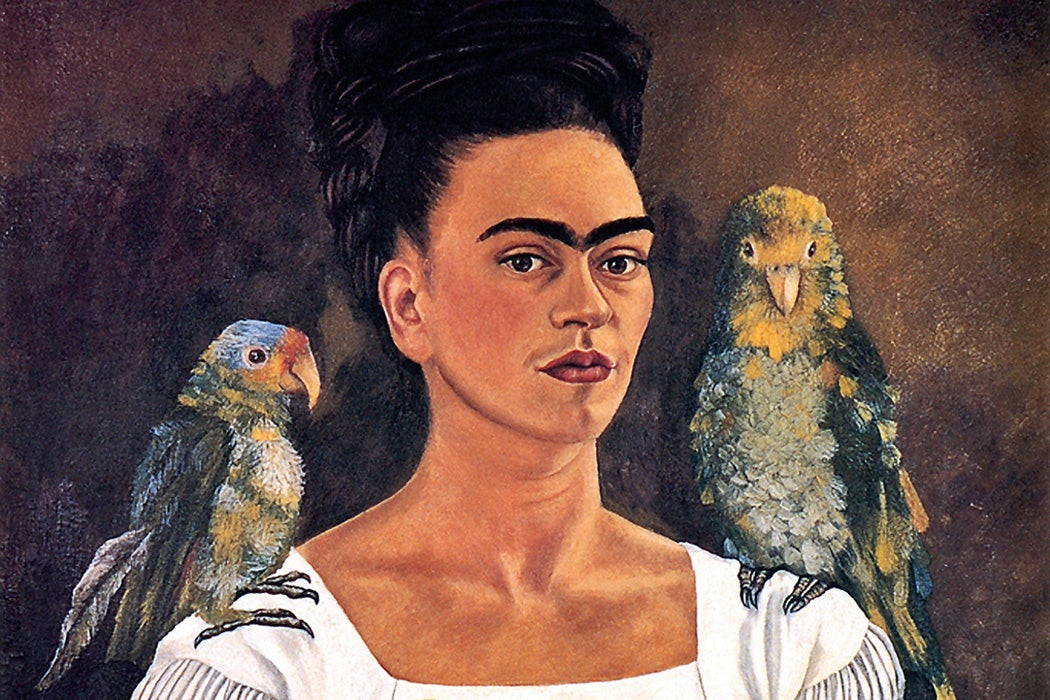The Brooklyn Museum’s new exhibit, “Frida Kahlo: Appearances Can Be Deceiving,” focuses on the artwork, clothes, and personal possessions of Mexican artist and icon Frida Kahlo. Kahlo’s likeness and aesthetics have been replicated in the mass media, though the resulting merchandise often strays far from her original intentions.
The erasure of her artwork’s political nature, emphasizing instead her personal style, is typical for an artist like Kahlo. Her personal life, physical ailments, and tempestuous relationship with Diego Rivera have provided romantic narratives with which audiences can connect. Art historian Janice Helland writes in Women’s Art Journal, “As a result, Kahlo’s works have been exhaustively psychoanalyzed and thereby whitewashed of their bloody, brutal, and overtly political content.” Helland argues that Kahlo’s politics were a defining feature of her artwork. After all, Kahlo joined the Communist Party in the 1920s, and remained involved in anti-imperialist politics her entire life.

For example, Coatlicue, a goddess figure with a severed neck and skull necklace, is a symbol of Aztec art that features in much of Kahlo’s work. This symbol had cultural significance at a time when anti-imperialists were protesting for an independent Mexico against the forces of the United States. Helland writes:
This emphasis on the Aztec, rather than Mayan, Toltec, or other indigenous cultures, corresponds to her political demand for a unified, nationalistic, and independent Mexico…She was drawn, rather, to Stalin’s nationalism, which she probably interpreted as a unifying force within his own country. Her anti-materialism had a distinctly anti-U.S. focus.
Kahlo’s work spoke to both her health struggles and nation’s struggles. But that political message is often stripped out of contemporary museum exhibitions dedicated to her.
Helland also points to the Tehuana dress with Aztec symbols that functions as a recurring motif in many of Kahlo’s paintings. In My Dress Hangs There, 1933, Kahlo criticizes the American lifestyle by depicting a toilet, telephone, sports trophy, and dollar sign on a church. Helland notes, “In a feminist art history Kahlo’s pictures are interventions that disrupt the dominant discourse if we allow her to ‘speak’ herself and refrain from imposing on her work our own Western middle-class values and psychology.”
Once a Week
Kahlo appropriated material culture and clothing as ways of dismantling traditional expectations. The way she dressed and how she depicted herself are indeed important aspects of her work. As Helland writes, however, “since she was a political person, we should expect to find her politics reflected in her art.”







